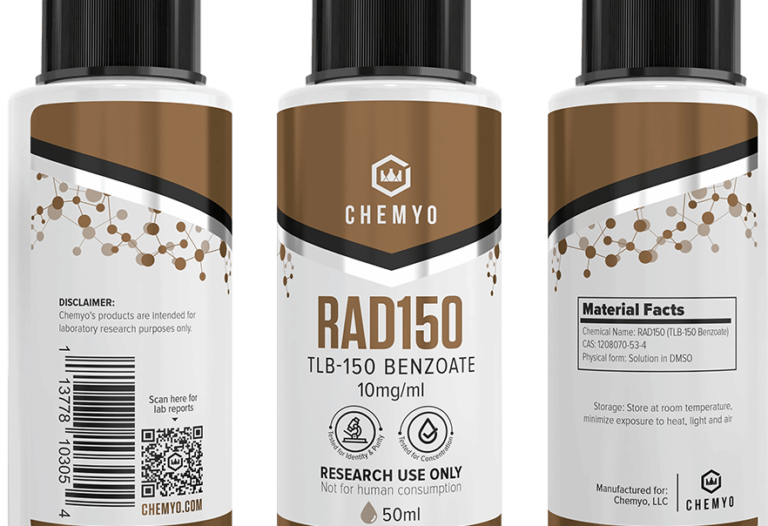The History and Manufacturing Process of Aramids
Aramid fibers are very strong synthetic fibers that resist heat, chemicals, and wear. They are used in aerospace, military, car, and building industries because of their great strength and toughness.
But where did these amazing fibers come from and how are they made? Let’s take a closer look at the history and manufacturing process of aramids.
History of Aramids
Aramids had a long history of development before they became the widely used materials we know today. Here’s a brief timeline of their evolution:
1965:
Invention of the first aramid fiber by DuPont chemist Stephanie Kwolek. The fiber was named Kevlar and was used as a replacement for steel in radial tires.
1971:
DuPont introduces Nomex fiber, another type of aramid fiber that is heat-resistant. It is used primarily in protective clothing for firefighters and military personnel.
1986:
New types of aramid fibers are invented with different characteristics and applications. This includes Technora and Twaron.
Present day:
Aramids have become essential materials in various industries due to their unique properties. For instance, Nomex fabric became widely used for its flame-resistant properties in protective clothing.
Manufacturing Process
The manufacturing process of aramids is complex and requires specialized equipment. Here’s a general overview of the process:
Polymerization:
Aramid fibers are made from polymerizing molecules called monomers. The most common monomers used in the production of aramids are terephthaloyl chloride (TPC) and p-phenylenediamine (PPD). These monomers are reacted together in a solvent to form a liquid solution.
Spinning:
The liquid solution is then forced through a spinneret, which has hundreds of tiny holes. As the solution passes through these holes, it solidifies into long fibers.
Drawing:
The fibers are then stretched or drawn to align their molecular chains and increase their strength.
Stabilization:
The drawn fibers are then heated in an oxygen-free environment. This removes any residual solvents and stabilizes the molecular structure of the fibers.
Final Treatment:
Finally, the aramid fibers are treated with various chemicals to improve their properties. This includes water resistance or UV protection.
Key Properties of Aramids
Aramid properties make them ideal for a wide range of applications. Some key properties include:
High Strength
Aramids have an exceptionally high strength-to-weight ratio. This makes them stronger than steel but much lighter.
Heat Resistance
Aramid fibers can withstand high temperatures without melting or degrading. This makes them ideal for use in protective clothing and heat-resistant materials.
Chemical Resistance
Aramids are highly resistant to chemicals, acids, and alkalis. This makes them useful in environments where these substances may be present.
Cut and Abrasion Resistance
Due to their extremely strong molecular structure, aramid fibers are highly resistant to cuts and abrasion. This makes them suitable for use in industrial applications.
Explore the History and Manufacturing Process of Aramids with this Guide
From their humble beginnings as a replacement for steel in tires, aramids have come a long way and become essential materials in various industries. Their unique properties and strengths make them invaluable in various applications. Particularly, where durability, heat resistance, and chemical resistance are crucial. The possibilities are endless with this versatile material.
Is this article helpful? Keep reading our blog for more.







